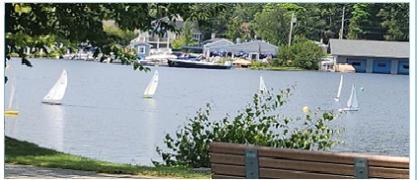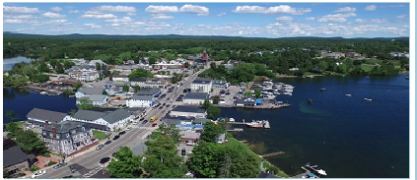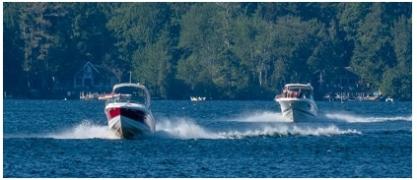Cyanobacteria in Wolfeboro Waters
The first reports of toxic cyanobacteria blooms in New Hampshire occurred in the 1960’s and 1970’s. Cyanobacteria have been found in a majority of lakes in N.H., but most often cyanobacteria numbers present in our lakes are near the minimum level of detection. The most common cyanobacteria found in N.H. are Dolichospermum/Anabaena, Microcystis, Aphanizomenon, Woronichnia, and Oscillatoria/Planktothrix. There are also unique cyanobacteria blooms, such as Gloeotrichia and Nostoc. Most of these have been observed in Wolfeboro Waters and several have been the basis for a NHDES Cyanobacteria Advisory.
UNH has produced a fact sheet about the “Dirty Dozen” [link currently not available], which are commonly occurring cyanobacteria in New England that can produce and release cyanotoxins. See NHDES Cyanobacteria Advisories [page no longer available on DES] for a description of the most recent cyanobacteria blooms in Wolfeboro Waters.










